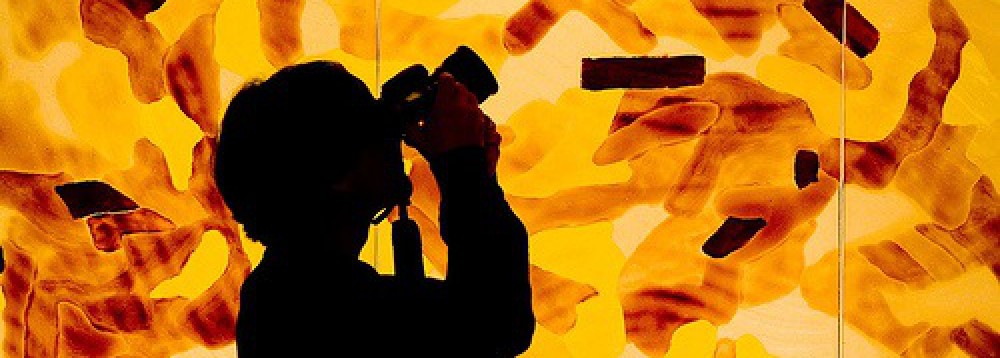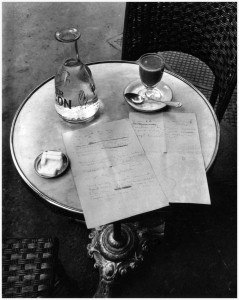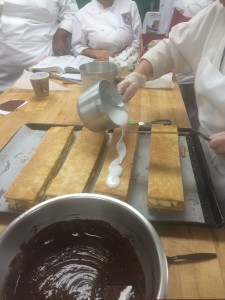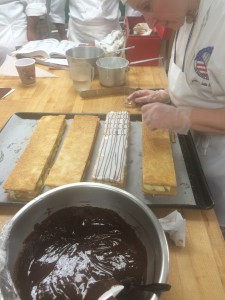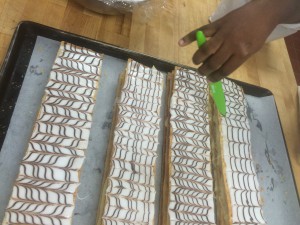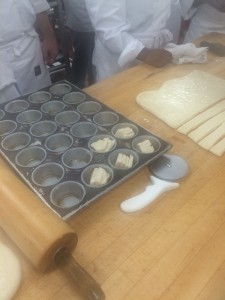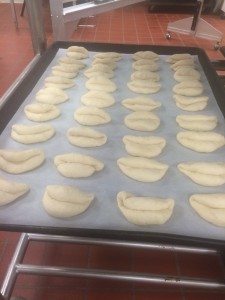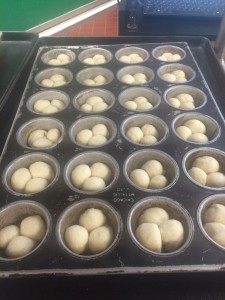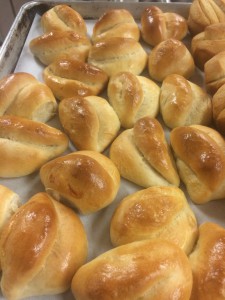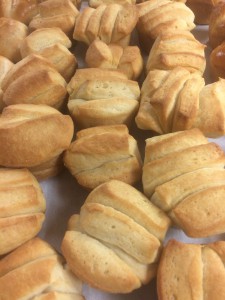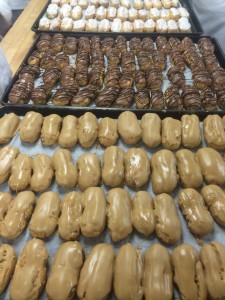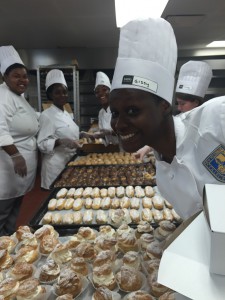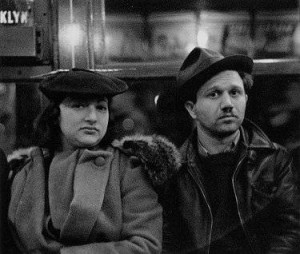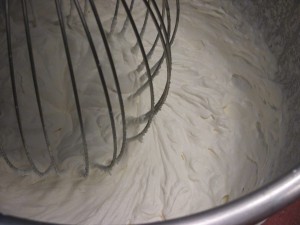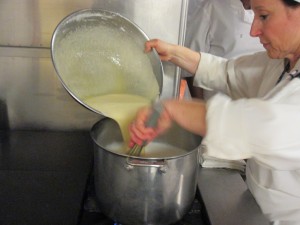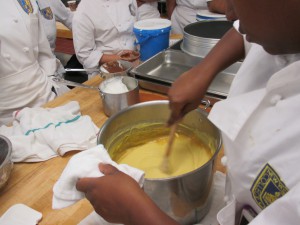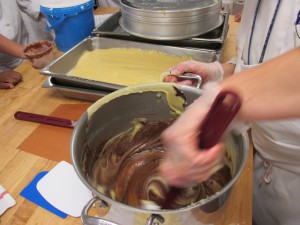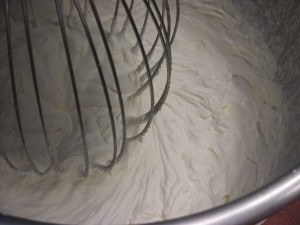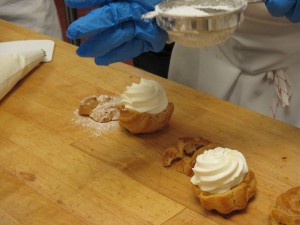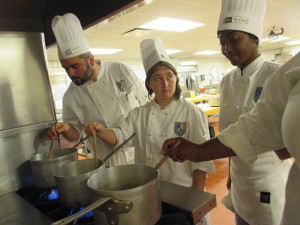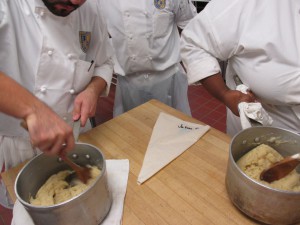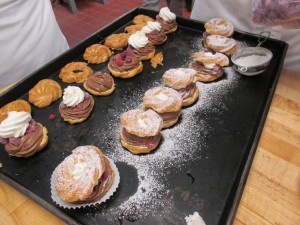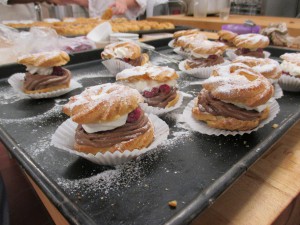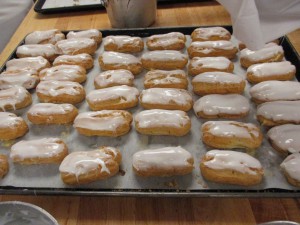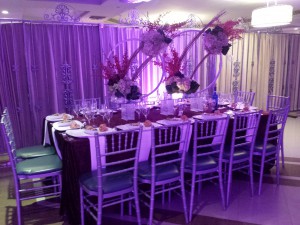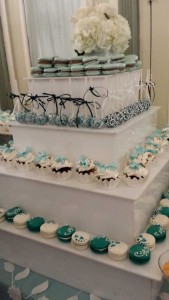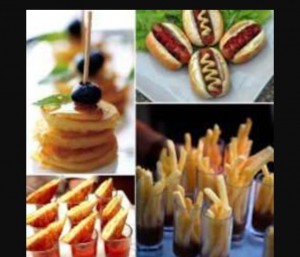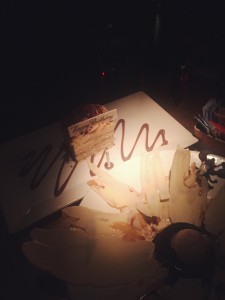This is a reminder that we meet at 11:30 am in A631 on Monday November 16th to load your presentations before heading downstairs to the Janet Lefler Dining Room. I will lock up our classroom during lunch but you are welcome to lock things in your own lockers by the dining room. Please bring a thumbdrive with your groups’ Powerpoint or download your presentation from Google Drive/iCloud/etc. We will make our way down to the dining room at 11:45 am for our luncheon! After lunch, we will return to our classroom for your presentations. Be sure to submit one copy of the Powerpoint presentation for each group and your individual reflections on the project directly to me.
Please remember that the Dining Room has a business casual dress code. Therefore, remember no sneakers, no jeans, etc.
I look forward to seeing you tomorrow for a unique class meeting filled your photography, food, and maybe even a little poetry…
